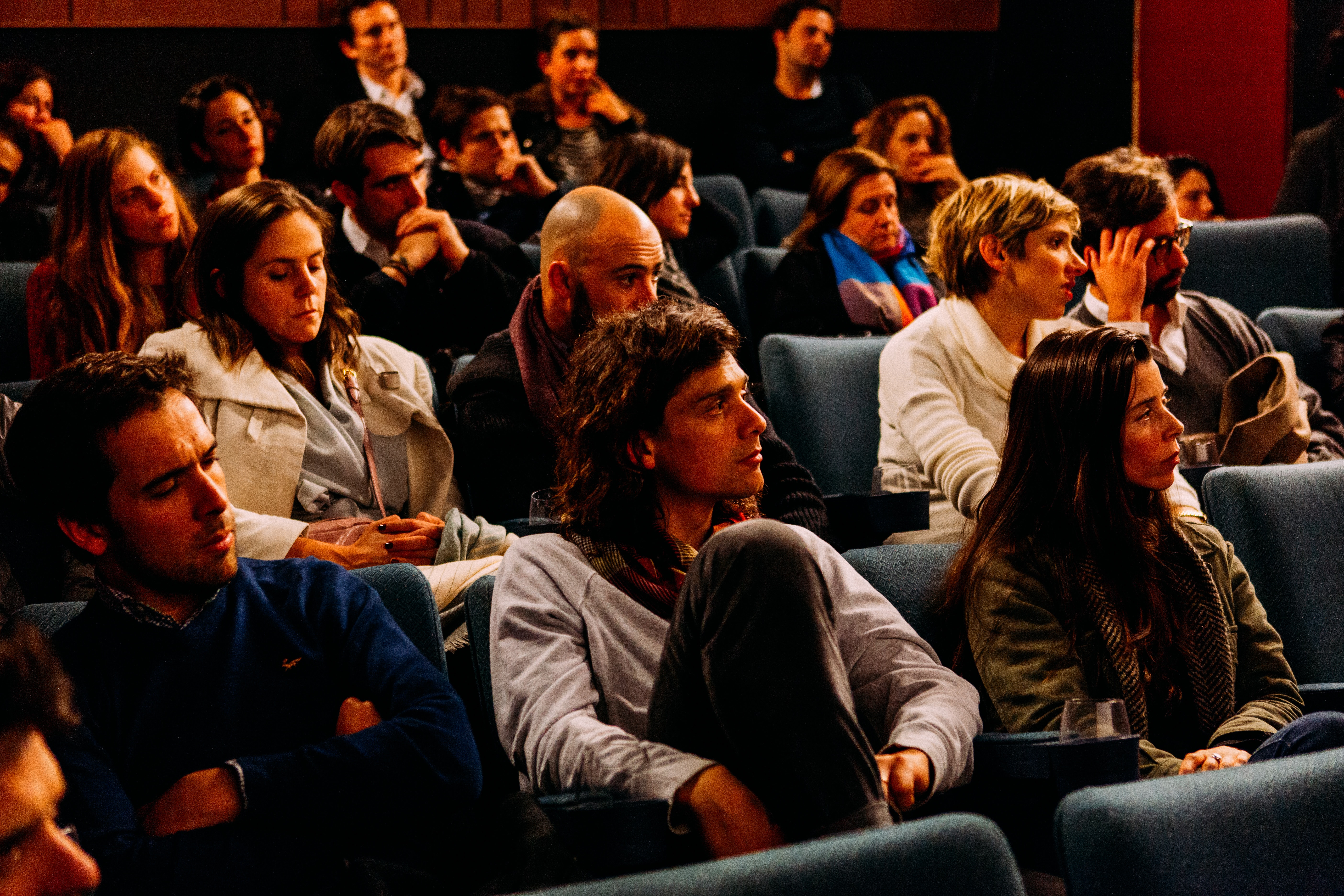Hold on, let me finish up one thing on my phone. Okay, I’m finished! Now, onto our post.
I don’t know about you, but it can be hard for me to put my smartphone down sometimes. This relatively small device has become a large part of my life. I not only keep in touch with family and friends, but I can conduct some of my work using the applications on the phone. Basically anything I need to know is available in a few seconds and a couple of swipes. This is a dramatic change for our society – and higher education cannot escape that change. How is your institution and your classroom adapting to meet this change?
Today’s post considers a new way to consider curriculum in this modern, smartphone-centric time. Thank you to Maria Andersen, CEO of Coursetune, for this great post on using the ESIL Lens.
Enjoy the read and enjoy your day,
Lindsey Downs, WCET
 The iPhone was released in 2007 and by the end of 2019, 81% of U.S. adults owned a Smartphone. Consider the implications. 81% of U.S. adults can look up what something means, the date when something happened, or the mathematical formula they need for calculating a solution – and they can do that with a device they carry with them all the time. 81% of adults carry a calculator, a dictionary, and a search engine for articles, books, and journals on them all the time. 61% of adults turn to YouTube when they want to learn how to do something they have not done before and, increasingly, they watch that video with the device they carry in their hands.
The iPhone was released in 2007 and by the end of 2019, 81% of U.S. adults owned a Smartphone. Consider the implications. 81% of U.S. adults can look up what something means, the date when something happened, or the mathematical formula they need for calculating a solution – and they can do that with a device they carry with them all the time. 81% of adults carry a calculator, a dictionary, and a search engine for articles, books, and journals on them all the time. 61% of adults turn to YouTube when they want to learn how to do something they have not done before and, increasingly, they watch that video with the device they carry in their hands.
Changing Technology, Changing Curriculum
At a recent campus workshop, I asked the participants how their curriculum had changed to account for this incredible technological change that took place in the last decade. A couple brave souls in the audience replied:
- Smartphones can be used as polling devices.
- We can use Smartphones to conduct research in the classroom.
- We use Smartphones to check in students for clinical hours.
And then I asked the question again with a slightly different emphasis: How has your curriculum changed to account for the existence of Smartphones in the world? This was followed by silence.
Most of our course objectives and learning objectives were designed more than a decade ago, when we could still say things like “you need to know this because it will take time to go look it up.” The reality is that today, if I want to be 100% sure that I know the steps of a complex procedure, that a formula is written down correctly, or that I’ve cited a fact correctly, I do take the approximately 5 seconds required to look it up. That information is at my fingertips and the Internet is a more reliable source of facts than my memory.

We are preparing students to be professionals in their fields and citizens of the world and that world is now one where information is no longer scarce in the way it was 20 or 30 years ago. If I went back in time to visit an academic scholar in 1990 and I gave them access to 2020 technology and taught them how to use it, do you think they would adopt the technology to improve their professional life or reject it in favor of making phone calls, sending letters, and acquiring books (with a card catalog) to find information? The Smartphone is an incredible technological advancement and it’s time we start making appropriate modifications.
Consider this an opportunity to teach faculty that it’s not necessary to test everything at a high-stakes level anymore. Some content and skills are absolutely necessary to commit to memory (high-stakes assessment with scarce resources). Other information can be accessed so easily and is not used as often – in this case, it might only be necessary for a student to demonstrate that they can use the information or demonstrate skills in a supported way (using the Internet as a resource, accessing video tutorials, etc.). Finally, there is probably some content we should just leave behind – some things we teach simply out of habit because we have been teaching them for a century or more. Ask yourself if these topics are actually used or needed in the modern world. What better things could you include in curriculum if there was a little bit of room to breathe.
A New Way to Examine Curriculum: the ESIL Lens

To make this process of sorting out what needs to stay and how deeply it needs to be learned, you can examine your curriculum through what I call the ESIL Lens.
- Maybe it is only necessary for the learner to know something Exists – just a mention in class and no assessment.
- The next level up would be Supported – the student should be able to perform the skill supported with resources that are easy to access. For supported topics you can use assessment strategies like take-home problem sets, projects, or recorded demonstrations.
- If the student needs to be able to use the knowledge or demonstrate the skills readily in the next course (it’s part of a scaffolded learning process), you’ll want to bring them to an Independent level, assessing multiple times with both formative and summative strategies with at least one high-stakes assessment.
- Finally, there is the Lifelong level. If a student needs to carry this skill or knowledge into their role as a citizen or into their career, we should make sure that these skills or knowledge are covered in multiple courses and assessed cumulatively and in multiple ways.
I would be remiss if I didn’t point out that there is more to do than just alter the course objectives and learning objectives from the past. We also need to consider what processes in daily life and careers have changed because of Smartphones. It’s likely that there are new ways of doing, analyzing, and researching that need to be added to our curriculum. Without doing the ESIL Lens work to make space, you’re not going to be able to include the modern ways of engaging.
Take a Deeper Dive
There’s a lot to unpack about using the ESIL Lens, and I invite you to take a deeper dive by listening to the Teaching in Higher Ed podcast on A New Lens to Support Learning Outcomes. In this episode, I discussed how to use the ESIL Lens to support learner outcomes. And maybe it’s time to schedule that heart-to-heart department meeting where you begin to answer the question: How does our curriculum need to change to account for the existence of Smartphones in the world?
Maria

Maria H. Andersen
CEO, Coursetune
coursetune.com
maria@coursetune.com
866.860.8863 x801

Smartphone and light photo by Rodion Kutsaev on Unsplash
Smartphone on computer photo by Tirza van Dijk on Unsplash
Audience photo by Antenna on Unsplash
 The iPhone was released in 2007 and by the end of 2019,
The iPhone was released in 2007 and by the end of 2019, 



2 replies on “What do they still need to learn? The Impact of Smartphones on Curriculum”
[…] For more information about ESIL, check out Dr. Andersen’s complete article, “ESIL: A Learning Lens for the Digital Age” as well as her recent blog post on the topic for WCET here. […]
[…] What do they still need to learn? The Impact of Smartphones on Curriculum […]